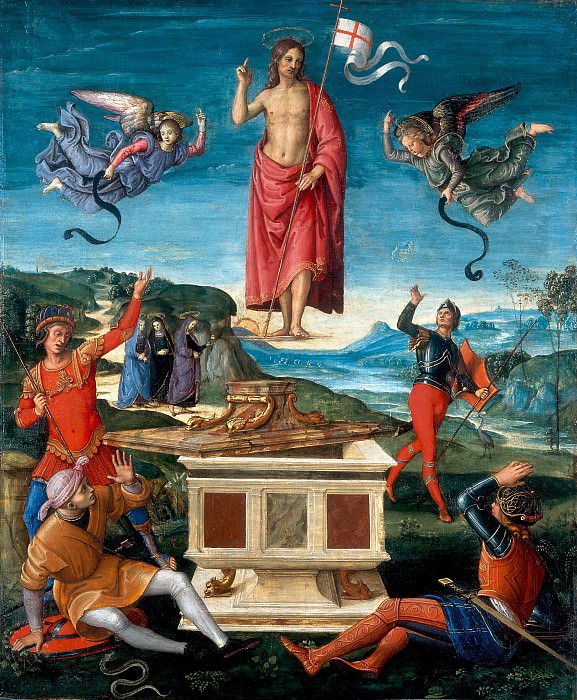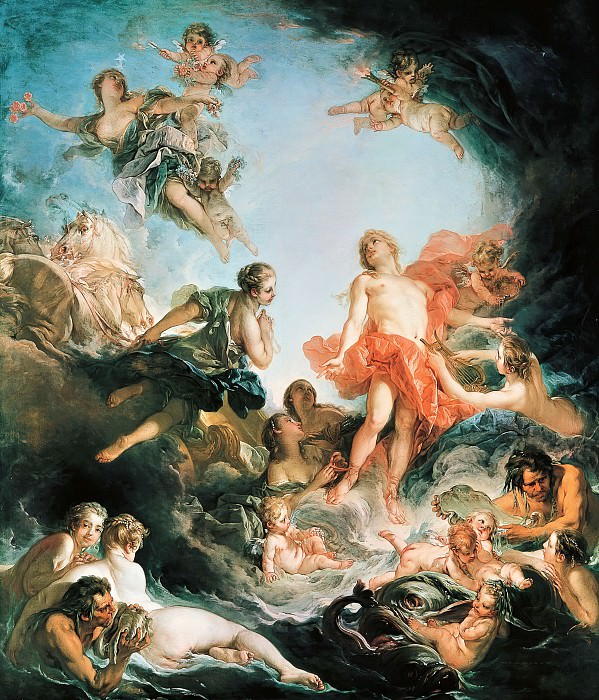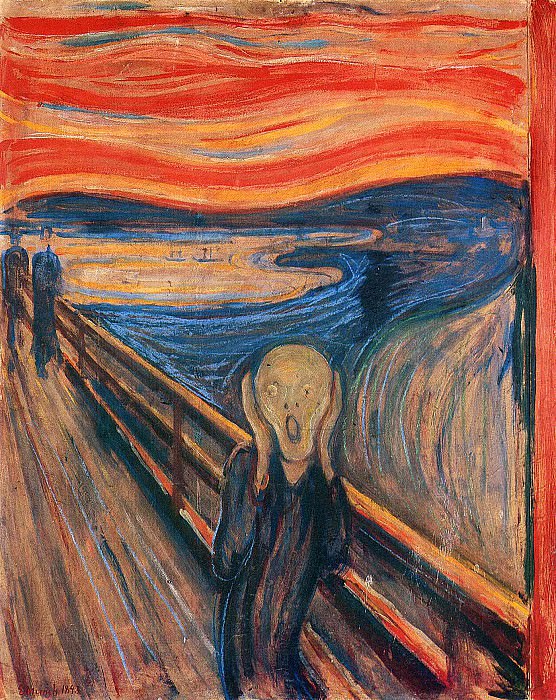Realist Art: Capturing Life's Essence
Realist art, an influential movement that emerged in the mid-19th century, is defined by its commitment to depicting subjects as they appear in everyday life. This artistic style sought to represent the world with fidelity and accuracy, often focusing on ordinary people and commonplace scenes. Unlike the romanticized and idealized portrayals of earlier art movements, realist art emphasized the beauty and significance of the mundane and the unvarnished truth of human experience.
Historical Background of Realist Art
The realist art movement began in France in the 1840s, primarily as a reaction against the dramatic and emotional style of Romanticism. The socio-political changes of the time, including the 1848 Revolution, greatly influenced the emergence of this movement. Artists sought to move away from the idealized portrayals of nobility and mythology that dominated previous art forms and instead turned their attention to the lives of ordinary people.
The industrial revolution also played a significant role in shaping realist art. The rapid urbanization and changes in social structures inspired artists to capture the realities of modern life, including the struggles and hardships of the working class. This new focus on the ordinary and the everyday was revolutionary, challenging traditional notions of what was considered worthy of artistic representation.
Key Figures in Realist Art
One of the most notable figures in the realist movement was Gustave Courbet. Courbet's works, such as "The Stone Breakers" and "A Burial at Ornans," are quintessential examples of realist art. He famously declared, "I cannot paint an angel because I have never seen one," emphasizing his dedication to painting only what he could observe.
Another significant artist in the realist movement was Jean-François Millet, known for his depictions of rural life. His painting "The Gleaners" portrays peasant women collecting leftover grains from the fields, highlighting the dignity and hardship of agricultural labor. Millet's focus on the rural poor was both a social commentary and a celebration of the resilience of the human spirit.
In addition to Courbet and Millet, Honoré Daumier is another key figure whose work exemplifies the realist ethos. Daumier, known for his satirical caricatures, also created powerful paintings such as "The Third-Class Carriage," which depicts the cramped and uncomfortable conditions of lower-class train passengers. His work often highlighted social injustices and the disparities between different classes in society.
Techniques and Characteristics of Realist Art
Realist art is characterized by its attention to detail, accurate representation of light and shadow, and a focus on ordinary subjects. Artists often employed techniques such as chiaroscuro (the use of strong contrasts between light and dark) to add depth and realism to their work. The meticulous attention to detail in realist art can be seen in the textures of fabrics, the expressions on faces, and the play of light on various surfaces.
Unlike the highly stylized and often exaggerated forms of Romanticism, realist artists strove for naturalism in their depictions. This meant carefully observing and reproducing the world around them with as much accuracy as possible. The use of color in realist art was also more subdued and naturalistic, avoiding the dramatic and intense hues often found in previous art movements.
Themes in Realist Art
The themes of realist art are deeply rooted in everyday life and often reflect social, political, and economic issues. Many realist artists were motivated by a desire to depict the lives of ordinary people, including the working class, peasants, and urban poor. This focus on the common man was a radical departure from the subjects of previous art movements, which often centered on religious, mythological, or aristocratic themes.
Realist art frequently addressed social injustices and highlighted the plight of the marginalized and oppressed. For example, Courbet's "The Stone Breakers" depicts two laborers breaking stones on a road, symbolizing the backbreaking work of the lower class. Similarly, Millet's "The Gleaners" draws attention to the harsh realities of rural poverty and the struggle for survival.
Another recurring theme in realist art is the depiction of contemporary life and the changing social landscape. This includes scenes of urbanization, industrialization, and the impact of modernity on traditional ways of life. Artists like Daumier captured the bustling energy of city life, while others, like Millet, focused on the enduring rhythms of rural existence.
Realist Art in Different Cultures
While the realist art movement began in France, it quickly spread to other parts of Europe and beyond. In Russia, for instance, the Peredvizhniki (The Wanderers) were a group of realist artists who sought to bring art to the people and address social issues through their work. Artists like Ilya Repin and Ivan Shishkin created powerful depictions of Russian life, from the grandeur of its landscapes to the struggles of its people.
In the United States, the realist tradition found expression in the works of artists like Winslow Homer and Thomas Eakins. Homer's paintings, such as "The Gulf Stream," often depicted the harsh realities of life at sea and the resilience of the human spirit. Eakins, on the other hand, is known for his meticulous and unflinching portrayals of the human body and everyday life in America.
The Legacy of Realist Art
The impact of realist art on subsequent art movements and the broader cultural landscape cannot be overstated. Realism laid the groundwork for many modern and contemporary art forms, including photography, documentary filmmaking, and social realism in literature and theater. The emphasis on depicting life truthfully and addressing social issues continues to influence artists and creators across various mediums.
In the visual arts, the realist tradition has persisted through various iterations, including the American Realism of the early 20th century and the Social Realism movement of the 1930s and 1940s. These movements continued the realist commitment to portraying the lives of ordinary people and addressing social and political issues.
The principles of realism have also found resonance in contemporary art. Many modern artists draw on realist techniques and themes to explore the complexities of contemporary life, from urban environments and consumer culture to identity and social justice. The realist approach of closely observing and truthfully representing the world remains a powerful tool for artists seeking to engage with the world around them.
Conclusion: The Enduring Appeal of Realist Art
Realist art, with its commitment to depicting the world with honesty and accuracy, remains a significant and influential movement in the history of art. Its focus on the lives of ordinary people, social issues, and the unvarnished truths of human experience continues to resonate with audiences and inspire artists today. By capturing the essence of everyday life, realist art reminds us of the beauty and significance of the world around us and the enduring power of truth in artistic expression.




